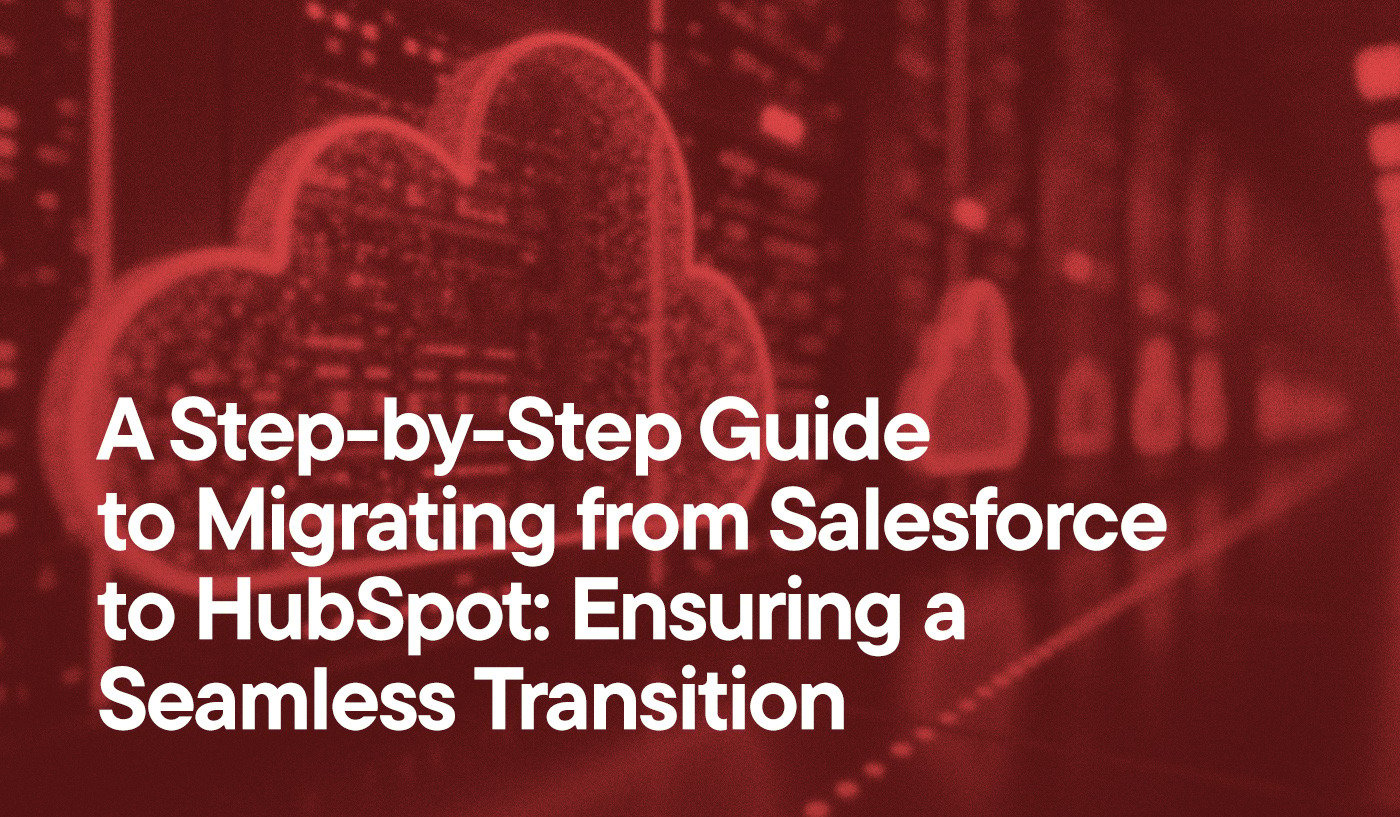If your HubSpot site is just “working,” it might actually be working against you.
With increased competition across platforms, a functional site isn’t enough—optimization is the key to converting visitors into leads.
The technical evidence is clear: unoptimized HubSpot implementations consistently underperform their potential, and the data tells a compelling story about the cost of complacency.
Key Takeaways
- A “working” HubSpot site may still underperform: Hidden technical inefficiencies, such as slow load times and integration gaps, can quietly undermine your marketing efforts.
- Site speed is critical: Over 50% of mobile users abandon pages that take more than three seconds to load, directly impacting engagement and conversions.
- Automation saves resources: Leveraging HubSpot’s workflow automation reduces manual tasks, empowering teams to focus on strategic priorities.
- Integration gaps hinder performance: Seamless data flow between tools improves reliability, reduces errors, and enhances user experience.
- Optimized websites drive measurable results: Strategic improvements in site speed, content structure, and workflows lead to higher conversion rates and increased revenue.
The Hidden Cost of an Under-Optimized HubSpot Site
The difference between functional and optimal becomes stark when examining performance metrics. While basic HubSpot implementations maintain basic digital presence, optimization drives measurable growth. The data paints a clear picture:
- Over half of mobile users abandon sites that take more than three seconds to load, with each extra second impacting what site speed statistics show is critical for conversion potential.
- Strategic website repositioning can lead to dramatic growth in new contacts.
- Optimized messaging and design that aligns with customer expectations drives substantial improvements in conversion performance.
Common HubSpot Scenarios That Limit Growth
Technical limitations create invisible barriers to achieving business goals, even with functional HubSpot implementations in place. Here are the critical technical challenges that typically emerge:
Campaign Launch Delays: When Speed to Market Suffers
Campaign execution often stalls due to technical constraints. Understanding successful marketing campaign execution is crucial, as several key factors impact launch effectiveness:
- Limited HubSpot templates restrict advanced features and customizations, reducing campaign impact and delaying launches.
- System integration gaps create data sync issues between HubSpot and other tools.
- Technical bottlenecks in site performance and workflow processes directly impact user engagement and conversion rates.
Resource Drain: The Hidden Cost of Manual Processes
While delayed campaigns create visible impact, the systematic drain on resources through manual processes carries equally significant costs:
- Manual processes divert valuable time from strategic initiatives to routine tasks. (Discover approaches for managing marketing resources effectively.)
- HubSpot’s automation capabilities, particularly custom-coded workflow actions, can dramatically reduce manual effort.
- Advanced automation liberates teams to focus on high-value initiatives.
Comparing Manual vs. Automated HubSpot Processes
|
Manual Processes |
Automated Solutions |
|
Time-consuming data entry for contact updates |
Automated contact property updates based on user behavior |
|
Manual lead scoring and qualification |
Dynamic lead scoring using engagement metrics |
|
Individual email follow-ups |
Triggered email sequences based on user actions |
|
Manual report generation and analysis |
Automated dashboard updates and reporting |
|
One-by-one task creation |
Automated workflow-based task assignment |
The Technical Foundation
The scenarios above point to fundamental technical factors that determine growth potential. Here’s what lies beneath surface-level metrics:
Content Performance Issues
- Slow-loading pages directly correlate with high bounce rates and reduced engagement.
- Optimized site architecture delivers measurable improvements in user experience.
- Technical inefficiencies create systematic barriers to visitor capture and conversion.
Integration Architecture
- Strategic integration improvements drive significant organic traffic growth.
- Optimized data syncing between systems ensures reliable, consistent data flow.
- Custom integration solutions enhance data collection reliability and quality.
The Path to High Performance
Benchmark Metrics
High-performing HubSpot implementations consistently demonstrate:
- Substantial growth in new contacts through strategic repositioning.
- Amplified quality traffic through technical and process optimization.
- Enhanced user engagement through improved site speed performance.
Implementation Framework
Success requires focus on three core areas:
- Site speed optimization for improved user experience.
- Integration streamlining for seamless data flow.
- Workflow automation to eliminate manual errors and optimize resource allocation.
Results and Transformation
Measurable Impact
Optimized HubSpot implementations deliver clear business results:
- Strategic repositioning drives substantial contact growth.
- Enhanced technical performance directly improves conversion outcomes.
- Automated workflows enable focus on strategic initiatives.
Operational Excellence
Technical optimization transforms operational capabilities:
- Workflow automation increases efficiency while reducing manual intervention.
- Streamlined processes enable strategic focus.
- Enhanced technical environments support rapid, effective campaign deployment.
Free HubSpot Portal Audit
Unlock the Full Potential of Your HubSpot Portal
Request A Portal Audit arrow_forwardTaking Action: Your HubSpot Optimization Path
HubSpot Performance Assessment
- Evaluate key HubSpot metrics: load times, interaction speeds, and visual stability.
- Identify critical integration gaps in your HubSpot implementation.
- Set clear, measurable improvement targets for your HubSpot optimization.
Implementation Planning
Resource Allocation
Before beginning optimization, consider these key investment areas:
- Technical audit and performance assessment
- Template and workflow optimization
- Integration development and testing
- Team training and documentation
- Ongoing maintenance and support
Implementation Phases
A structured approach typically follows these stages:
1. Discovery & Assessment (2-3 weeks)
- Technical audit of current HubSpot implementation
- Performance baseline establishment
- Priority identification
- Integration complexity assessment
2. Core Optimization (4-6 weeks)
- Template optimization
- Initial workflow automation
- Critical integration fixes
- Basic performance improvements
3. Advanced Implementation (6-8 weeks)*
- Advanced workflow automation
- Complex template customization
- Comprehensive testing
- Custom integration planning and initial development
4. Training & Handoff (2-3 weeks)
- Team training sessions
- Documentation delivery
- Process establishment
- Performance monitoring setup
5. Ongoing Support & Development
- Continued optimization
- Performance monitoring
- Integration refinement
- Regular technical reviews
*Note: Custom integration development timelines can extend to 3-6 months depending on complexity and requirements.
This phased approach allows for:
- Clear milestone setting
- Regular progress assessment
- Controlled budget management
- Measurable results at each stage
Moving Forward
Your HubSpot implementation should drive business success, not just maintain basic functionality. Technical optimization—from site speed to integration efficiency—directly impacts engagement, conversions, and revenue growth.
As HubSpot Platform Engineers, we transform complex challenges into elegant, scalable solutions. Contact us today to optimize your HubSpot implementation and accelerate growth.




